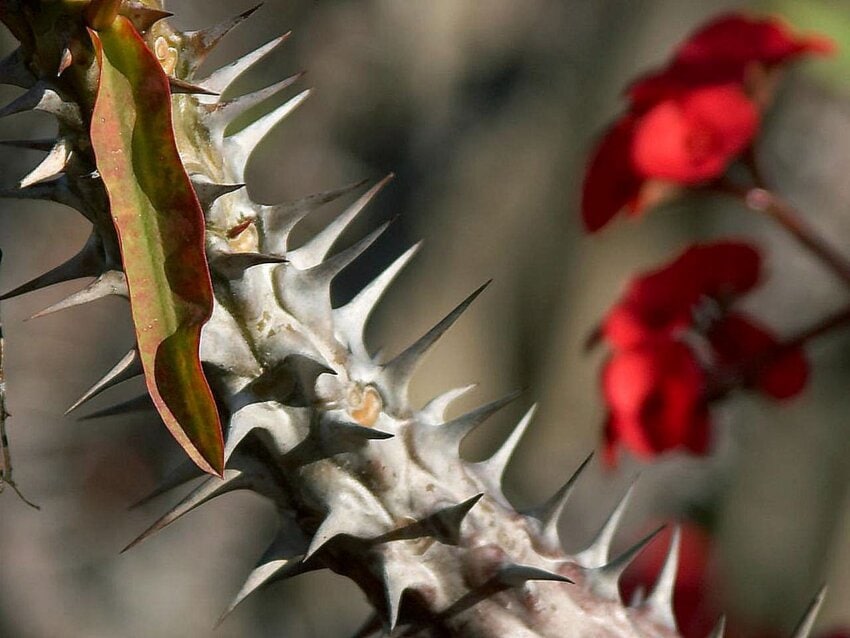When one thinks of cacti, the iconic image that often comes to mind features an arid landscape dotted with these unique plants. Among their most defining characteristics are the spines that adorn their surfaces. Yet, a key question arises: does a cactus truly have spines? In examining this fascinating attribute, we can uncover the role spines play in the survival and aesthetic allure of cacti.
Before delving deeper, it is essential to clarify the terminology. In botanical terms, what we refer to as “spines” on cacti are actually modified leaves or stems. These adaptations have evolved to serve multiple purposes, optimally designed to ensure the plant thrives in the harsh climates of their native habitats. To understand this better, let us explore the different types of cactus spines and their numerous functions.
One cannot overlook the vast diversity of spine configurations among various cactus species. From the dense clusters resembling soft brushes on a fluffy teddy bear to long, formidable spikes resembling swords, cactus spines can take on a multitude of forms. This variety serves as an essential survival mechanism. Most commonly, spines will emerge from a structure known as an areole, which can be visualized as a specialized branch. In fact, areoles are arguably one of the most distinct characteristics that separate cacti from other plant families.
Functionally, cactus spines do much more than simply add a striking visual element. Their primary purpose is to deter herbivores. Cacti are often found in environments where access to water is limited—a fact that makes their growth slow and their flesh valuable. By evolving spines, these plants have developed a formidable defense mechanism. The sharpness and thickness of spines can vary significantly, resulting in an array of strategies for predator deterrence. In some cases, the mere sight of a spiny cactus can discourage animals from grazing, while in others, the painful experience of attempting to nibble on them may act as a natural aversion technique.
Beyond deterrence, cactus spines also play a crucial role in moisture conservation. When rain falls in arid regions, the air is often dry, causing a rapid evaporation of water. Spines can create shade over the cactus’s surface, reducing the harsh impact of sunlight and minimizing water loss through transpiration. Additionally, some cacti employ their spines to catch moisture from fog or dew, channeling it down to the plant’s crucial water-storing tissues.
Exploring How Spines Aesthetically Enrich Cacti
The aesthetic appeal of cactus spines cannot be overstated. Artists, photographers, and nature enthusiasts celebrate these structures for their intricate beauty. The interplay of light and shadow on spines creates a captivating visual dynamism, particularly during golden hour when the sun casts a warm glow across the landscape. The intricate patterns formed by spines, coupled with the vibrant colors of the cactus itself, contribute to an artistic allure that enthralls many.
Moreover, the elegance of spines is frequently celebrated in the world of landscape design. Designers often utilize cacti as focal points, leveraging their striking form and texture to create visual interest in arid or minimalist settings. When carefully arranged, spiny cacti can add drama and contrast against other elements of a garden, creating a sensory experience that engages the eyes and mind alike.
As cultural symbols, cacti and their spines have taken on various meanings across different societies. For some indigenous peoples, the presence of spiny cacti symbolizes resilience and adaptability in the face of challenging environments. In other contexts, they represent a rugged beauty that echoes the tenacity of life thriving in seemingly inhospitable conditions. Such meanings further enrich the narrative surrounding cacti, elevating them from mere plants to emblems of vitality.
Interactions Between Spines and Ecosystem Dynamics
It is also fascinating to consider how cactus spines influence the delicate ecosystems in which these plants exist. By providing shelter, spiny cacti serve as safe havens for various small animals and insects. The spines offer protection from larger predators, creating a microhabitat that supports a diversity of life. For some species, these habitats are integral to survival, and the presence of spiny cacti can positively affect community dynamics in their ecosystems.
Ultimately, the question of whether cacti have spines opens a door to a greater understanding of these remarkable plants. The spines of a cactus are not merely physical attributes; they are integral to the plant’s survival, beauty, and interaction within its ecosystem. These features represent a culmination of adaptations that allow cacti to endure in some of the most challenging environments on Earth, showcasing a blend of function and aesthetic that continues to captivate curious minds. In exploring the world of cacti, one not only learns about their biological characteristics but also the rich tapestry of life that they support and inspire.





Leave a Comment